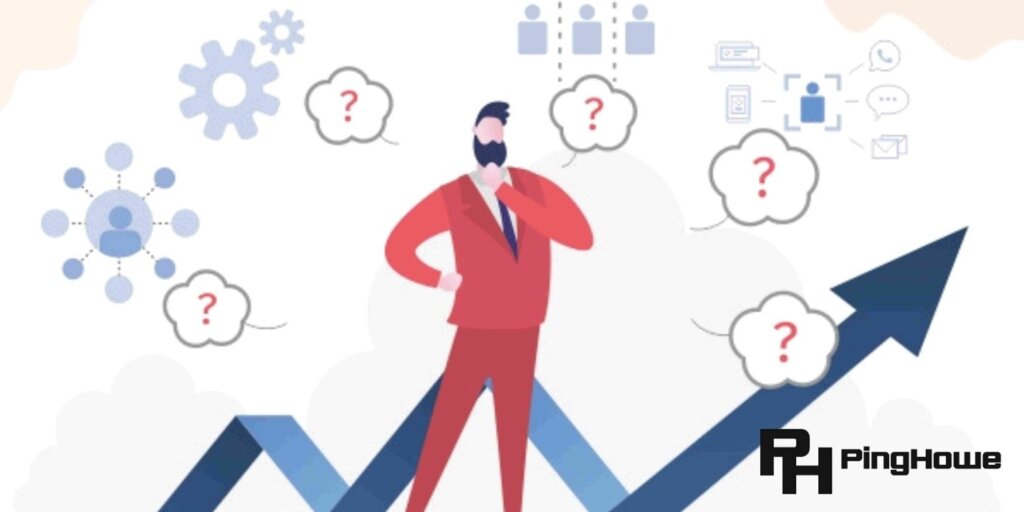Introduction
In the rapidly evolving digital landscape, businesses are constantly seeking innovative strategies to attract and retain customers. One of the most effective ways to achieve this is through content personalization. By tailoring content to individual users’ preferences, interests, and behavior, businesses can create more meaningful interactions, foster deeper connections, and ultimately enhance engagement and conversion rates. This article explores the concept of content personalization, its benefits, and practical tips for implementing it successfully.
Understanding Content Personalization

Content personalization is the process of customizing content based on a user’s past interactions, demographics, and real-time behavior. It involves leveraging data-driven insights to deliver relevant and targeted content, thereby enhancing the user experience and meeting individual needs more effectively. Content personalization goes beyond simply addressing users by their names; it entails delivering content that resonates with their specific interests, pain points, and preferences.
Benefits of Content Personalization

- Enhanced User Engagement: Personalized content grabs users’ attention, leading to increased time spent on the website or platform. When users encounter content that aligns with their interests, they are more likely to explore further, interact with the brand, and return for future interactions.
- Improved Customer Experience: Content personalization demonstrates that a business understands its customers and values their unique preferences. This positive experience fosters brand loyalty and advocacy, encouraging customers to become repeat buyers and brand advocates.
- Higher Conversion Rates: Personalized content aligns with users’ specific needs and pain points, increasing the likelihood of converting leads into customers. When users find relevant content that addresses their concerns, they are more inclined to take desired actions, such as making a purchase or subscribing to a service.
- Reduced Bounce Rates: By delivering content that matches users’ interests, content personalization helps reduce bounce rates. Users are less likely to leave a website or platform prematurely if they find content that immediately captures their attention.
- Optimized Marketing Spend: Targeted content ensures that marketing efforts are directed towards the right audience, maximizing the return on investment (ROI). Rather than wasting resources on a generic approach, businesses can focus on delivering personalized content to high-potential prospects.
Implementing Content Personalization

- Data Collection and Analysis: Effective content personalization begins with comprehensive data collection. Businesses should gather both explicit data (user-provided information, preferences) and implicit data (browsing behavior, past interactions) to create a holistic view of each user. Analyzing this data enables businesses to identify patterns and make informed decisions about content customization.
- Segmentation: After gathering data, segment users into groups based on similar characteristics or behaviors. Segmentation allows businesses to create personalized content strategies for each group, making it easier to tailor content to different audiences.
- Dynamic Content Delivery: Employ dynamic content delivery systems that adapt in real-time based on user behavior. For example, an e-commerce website can display personalized product recommendations or show content based on the user’s location and browsing history.
- Content Recommendations: Implement recommendation engines that suggest relevant content based on users’ past interactions. This feature can be incorporated into blog posts, product pages, or email newsletters to increase user engagement and extend their time on the platform.
- A/B Testing: Continuously test personalized content strategies to identify what resonates best with different user segments. A/B testing helps optimize content personalization efforts by refining content based on user preferences and responses.
- Consent and Privacy: Obtain explicit user consent for data collection and reassure users about data privacy and security. Building trust is essential for users to feel comfortable with content personalization.
Challenges and Considerations

While content personalization offers significant advantages, there are challenges to be mindful of:
- Data Privacy Concerns: In the age of increasing data breaches and privacy regulations, businesses must handle user data responsibly and transparently to maintain trust.
- Avoiding Over-Personalization: Striking the right balance is crucial. Over-personalization may lead to a sense of intrusion and cause users to disengage.
Content personalization is a powerful tool for businesses seeking to create meaningful connections with their audience and drive better engagement and conversion rates. By leveraging data insights to deliver tailored content, businesses can provide exceptional user experiences and stand out in a competitive digital landscape. With careful planning, ethical data practices, and a focus on meeting users’ unique needs, content personalization can be a game-changer for any modern business.
